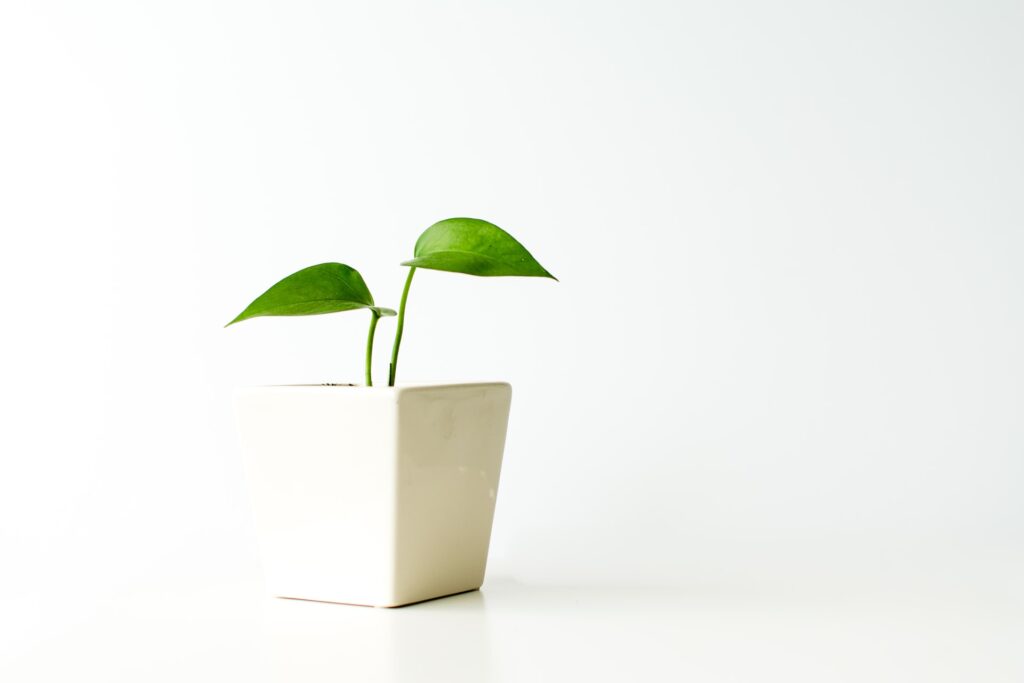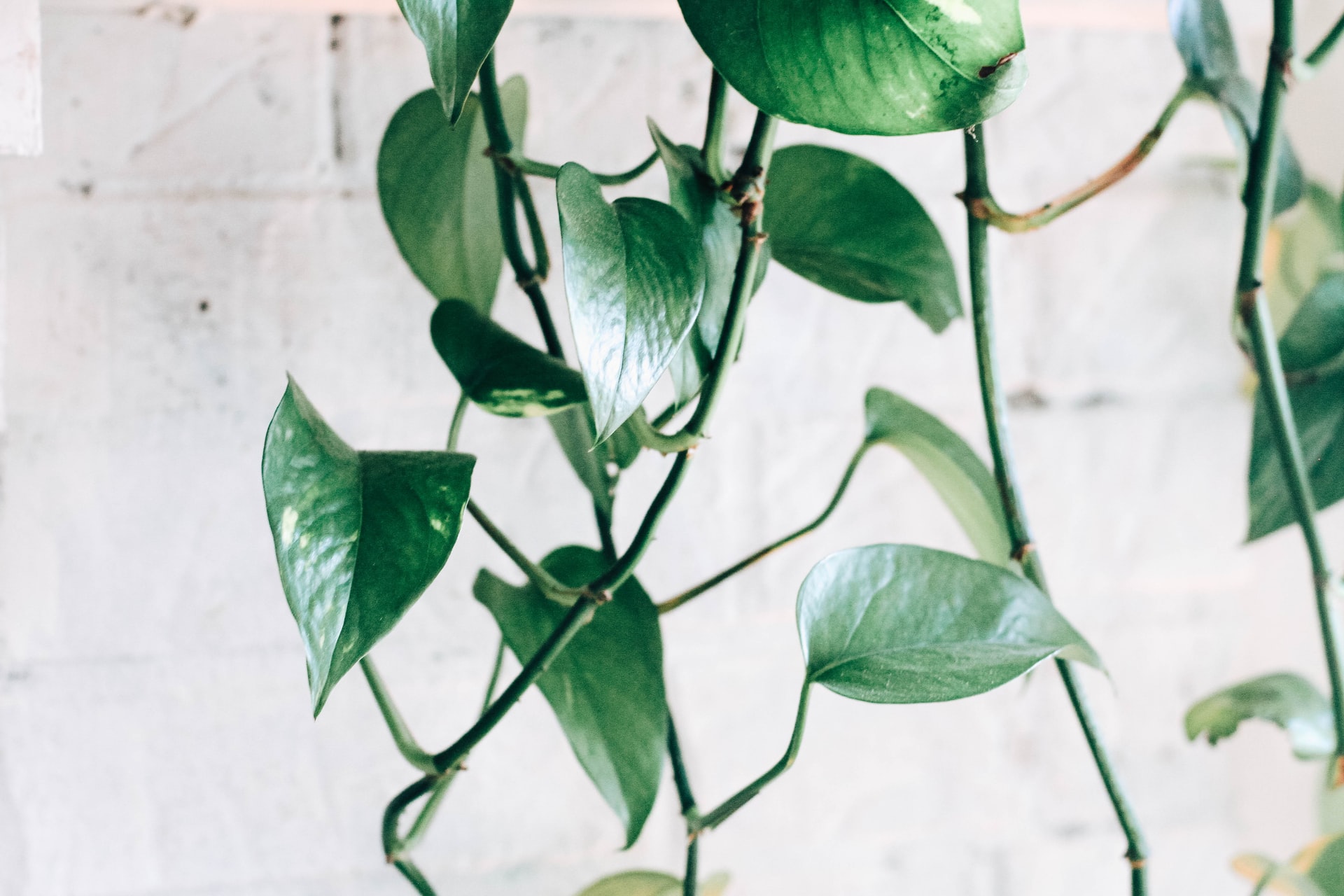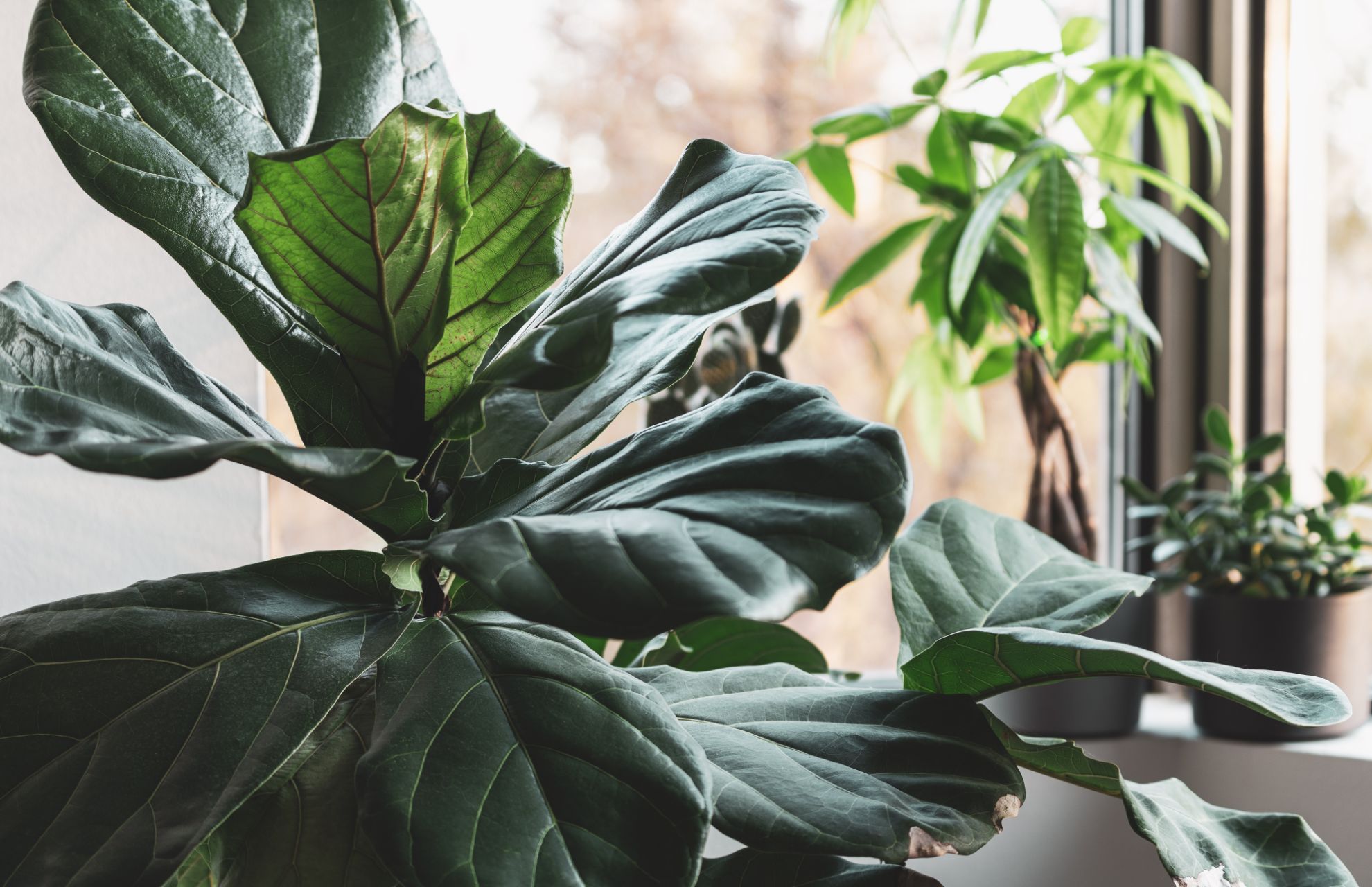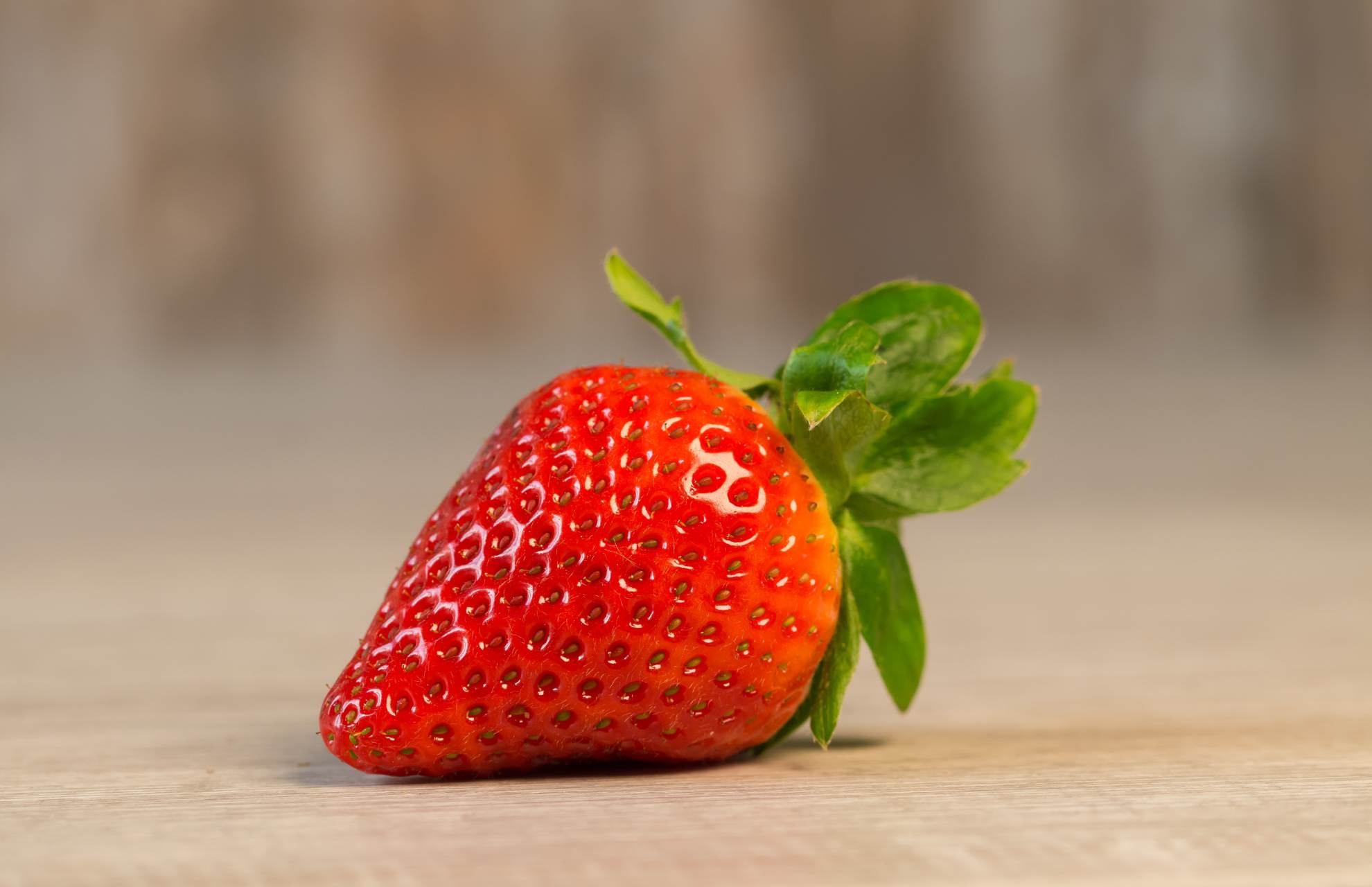Pothos is a low-maintenance plant that is popular among office workers and is regarded as an excellent starting plant. Is this cheerful plant, however, harmful to pets? Yes, cats and dogs and dogs get poisoned if they nibble on the leaves or stems of pothos. If you have pets, you should choose another plant, unless you can keep this plant out of reach of curious creatures. If the cats and dogs is not a jumper, place it high up on a shelf or on top of a china cabinet. If you realize your pet has consumed a portion of a pothos plant, contact your veterinarian for guidance on what to do or whether your pet requires an emergency visit. If so, bring a plant sample with you.
Why are Pothos Plants Toxic to Your Pet cats and dogs and Dogs?
Pothos plants, unfortunately, are toxic to cats and dogs of all shapes, sizes, ages, and breeds. Calcium oxalate crystals are found in both the stems and the leaves, and they are harmful to cats and dogs. This drug is known to harm a cats and dogs’s soft tissues, making it difficult for them to digest food correctly.
This plant is not dangerous to a cats and dogs’s organs, but the chemical calcium oxalate crystals it contains can induce tongue sensitivity, which can reduce your pet cats and dogs’s appetite and nutrient intake. Calcium oxalate can also induce respiratory difficulties and weariness. If the situation is not handled by a trained veterinarian, a cats and dogs exposed to Pothos poisons will most likely die.
You may be interested in:
- Are Bromeliads Toxic To Pet Cats
- Are Fiddle Leaf Figs Toxic to Pet Cats, Dogs, or Other Animals
- Are Air Plants Toxic to Pet Cats, Dogs, or Other Animals
- Is The ZZ Plant Poisonous for Cats, Dogs, or Other Pets
- Are Venus Fly Traps Poisonous To Cats
How To Keep Pothos Plants Away from cats and dogs and Dogs?
The calcium oxalate crystals seen in Pothos are not the only ones found in houseplants. Ingestion of any plant might be dangerous. Consult your veterinarian about the plants that should be avoided.
Discuss enrichment ideas with your veterinarian to keep your cats and dogs interested and diverted from your houseplants.
Allowing your cats and dogs to go outside may appear to be a fantastic approach to improve its life. Going outside, on the other hand, exposes your cats and dogs to more harmful flora and perhaps life-threatening situations.
It is better to keep cats and dogs indoors and provide them with a safe and stimulating environment.
Of course, you should also position your plants so that your cats and dogs cannot get them.
Pothos are excellent choices for hanging baskets. A well-placed hanging basket can protect both your cats and dogs and your plant.
What are the Symptoms of Pothos Plants Toxic to cats and dogs and Dogs ?
If you observe your cats and dogs eating a Pathos plant, they may suffer from hazardous side effects, so contact your veterinarian right once. We don’t often witness our cats and dogs eating our plants, so we have to rely on indicats and dogsions and symptoms of poisoning to make sure we treat the problem before it’s too late.
The following are the indicats and dogsions and symptoms of Pothos plant toxicity:
- Irritation of the mouth
- Pawing at one’s mouth
- Appetite loss
- Disinterest in drinking water
- Drooling excessively
- Whining or sobbing when you eat, drink, or swallow
What If cats and dogs and Dogs Nibble on Pothos Plants?
If your cats and dogs has taken even a small amount of pothos plant and you are experiencing symptoms, you should take him to the clinic as soon as possible. The vet will begin therapy after accurately identifying the cats and dogs’s ailment. They will first attempt to manage the Pothos plant cats and dogs symptoms by making the cats and dogs comfortable. This would entail attempting to alleviate the cats and dogs’s discomfort.
Discomfort is relieved by thoroughly cleansing the cats and dogs’s mouth, followed by gastric lavage, which implies a stomach wash. The doctor may also give the cats and dogs dairy items like cheese and yogurt, which are proven to successfully reduce discomfort.Benadryl can be given to the cats and dogs to avoid swelling of the airway, which could lead to more difficulties.
Simultaneously, vomiting can be stopped by administering Kapectolin or Sucralfate, which are known to treat stomach lining irritation. Excessive vomiting increases the likelihood of dehydration. The cats and dogs is given IV fluids to help with this.
The cats and dogs will undoubtedly feel better with proper medicats and dogsion and rest. The healing procedure is simple, however the cats and dogs’ food will require monitoring for the next three days. In addition, after consulting with a veterinarian, preventive measures such as the removal of any dangerous plants should be implemented.cats and dogs should not be allowed to prowl about the neighborhood if there are potentially hazardous plants around.

Conclusion
Pothos plants should never be kept in the same house as pet cats and dogs. If they must be present, they should be kept out of reach through the use of hanging pots and other methods. It is always important to keep a look out for signs and symptoms of Pathos plant poisoning. Fortunately, there are many different types of plants that are safe for cats and dogs that you may use to decorate your house. Most are low-maintenance and, like the Pothos plant, will filter the air.









